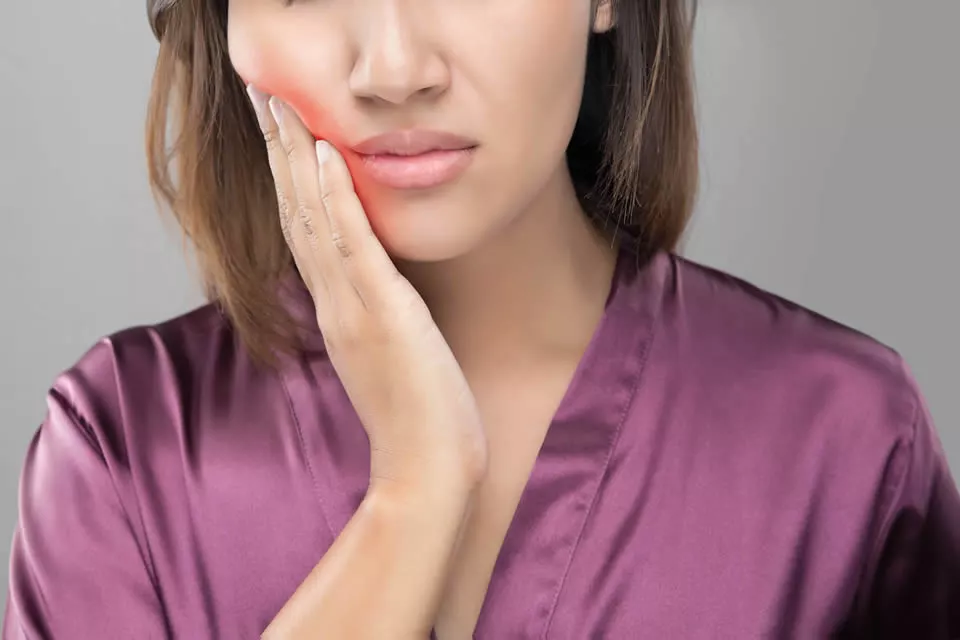
Jaw Joint (TMJ) Treatment
Jaw Joint (TMJ) Treatment; Temporomandibular joint (TMJ, Lower Jaw Joint) is a dynamic living tissue that connects the lower jaw with the skull. Jaw joint disorder is a syndrome of pain and dysfunction that involves chewing muscles. Jaw joint disorders have affected a widespread population today. It is caused by the deterioration of the harmony between the joint surface and the disc.
- Direct trauma to the jaw or joint area (as a result of accident or impact)
- One-sided chewing habit
- Tooth deficiencies
- Tooth tightening and grinding
- Stress, depression etc.
- Non-physiological tooth closure
- Developmental defects of the joint (hypoplasias etc.)
- Degenerative joint disorders , osteoarthritis, arthrosis
- Degenerative joint disorders, osteoarthritis, arthrosis
- Autoimmune diseases, rheumatoid arthritis, lupus
- Orthodontic disorders
- Unknown factors
- Pain during mouth opening
- Creaking, clicking, clicking sound when opening and closing the mouth
- Restricted opening or locking of the mouth
- Neck pain or stiffness
- Headache (not to be confused with migraine pain)
- Severe pain during chewing and on the face
- Pain felt when closing teeth on each other
- Chewing
- Difficulty and pain in opening the jaw, usually in the mornings
- Difficulty yawning
- Ear pains and ringing in the ears, rumbling sounds, clogging and pressure sensation
- Sudden changes in the way the upper and lower teeth meet
- Facial asymmetry that may be due to hyperplasia in the facial muscles
- Deviation in the jaw during mouth opening
Closure disorders in the teeth and wisdom teeth are the most important factors that cause jaw joint disorders.
Orthodontic disorders and tooth displacements cause closing disorders and are among the most important factors of joint disorders.
Jaw joint treatment may not always provide complete recovery, it would be wrong to say that the elongation or deformation in the jaw joint disc or auxiliary ligaments can be completely repaired or healed. If the cause of the disorder is due to closure or orthodontic reasons, after orthodontic treatment, a great relief is provided in the jaw joint, but the joint tissue that was worn before the treatment cannot heal.
With joint treatment, the loads on the joints are reduced and the correct chewing habits are given to stop the abrasions on the tissues and a great relief is provided.
- Examination of teeth and bite system
- Examination of chewing muscles
- Examination of the jaw joint
- Radiological examination
For the diagnosis of jaw joint disorders, some auxiliary tests can be used along with the clinical examination. Computed tomography and magnetic resonance imaging are frequently used imaging methods. Rarely, scintigraphy or PET examinations may be required. In addition, the use of splints is a diagnostic tool.
- Symptomatic treatment
- Treatment of the causes causing the disease
- Elimination of preparatory factors
- Treatment of pathological factors
- Patient education and preventive treatment
- Splint therapy
- Orthodontic treatment
- Medication
- Exercises
- Physical therapy
- Psychiatric support
- Surgery in late cases & nbsp; treatments (arthrocentesis)
If the jaw joint is caused by orthodontic closing disorders, it is normal to have pain when removing the splint. The thing to do will be to treat bite disorders with orthodontic treatment.

